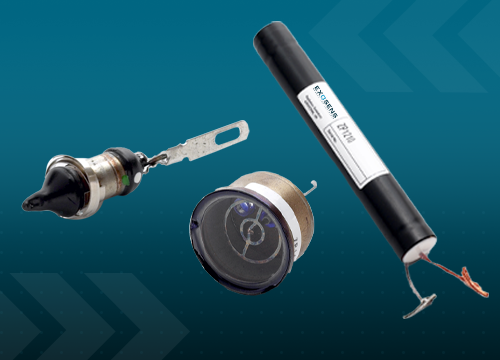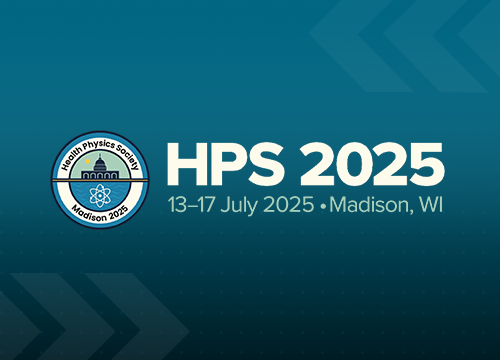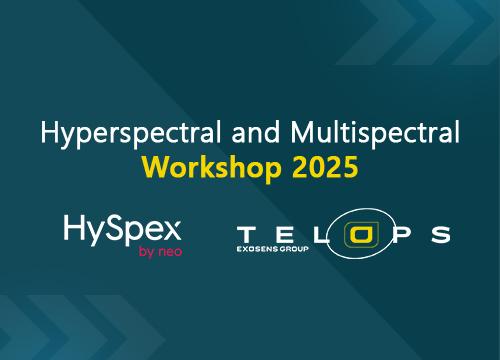
New York.
FROM Jul 22nd 2025 TO Jul 24th 2025
AASC 2025
The AASC is committed to advancing the development and delivery of science-based climate services on a local and state level.

New York.
FROM Jul 22nd 2025 TO Jul 24th 2025
The AASC is committed to advancing the development and delivery of science-based climate services on a local and state level.

Jul 30th 2025
Exosens delivers strong H1 2025 performance in a highly-dynamic Defense market

London.
FROM Sep 09th 2025 TO Sep 12th 2025
Visit Exosens, the parent company of Xenics and Photonis, at DSEI London 2025 - United Kingdom, London

Jul 16th 2025
Exosens announces the closing of Spanish-based NVLS, a specialist in night vision equipment.


Jul 10th 2025
Exosens: Fundamental Detector Technologies Powering Trusted Radiation Detection

Madison, Wisconsin.
FROM Jul 13th 2025 TO Jul 17th 2025
Visit Exosens at the Health Physics Society’s 70th Annual Meeting, Monona Terrace Convention Center, Madison, Wisconsin

Munich.
FROM Oct 14th 2025 TO Oct 15th 2025
Telops and its partner HySpex are joining forces once again this year for their annual Hyperspectral and Multispectral Workshop!

Chicago.
FROM Jun 15th 2025 TO Jun 18th 2025
Exosens, a global leader in advanced detection technologies, is proud to announce its participation in the American Nuclear Society (ANS) taking place June 15–18, 2025, at the Chicago
Can I build my camera from third-parties off the shelf components ?
Yes.
But putting together a lens and a detector will be just the beginning of a looooonnnng journey.
At Noxant, we are designing, manufacturing and servicing cooled infrared cameras for more than 30 years (yes, before the company was settled). Through this experience, we learned that providing a nice imaging, reliable and good working camera is not straightforward and requires a lot’s of mechanical and optical integration tricks, specific electronic architecture, advanced image processing, realtime system management. And all of this for all the cameras that will be delivered.
So, go save time and money, and get in touch with us now.
Stay connected
Stay informed and connected to the latest news from Exosens by signing up.